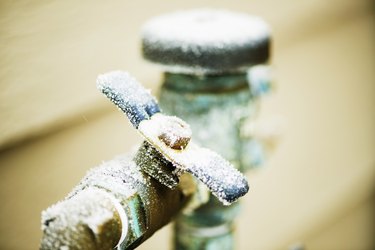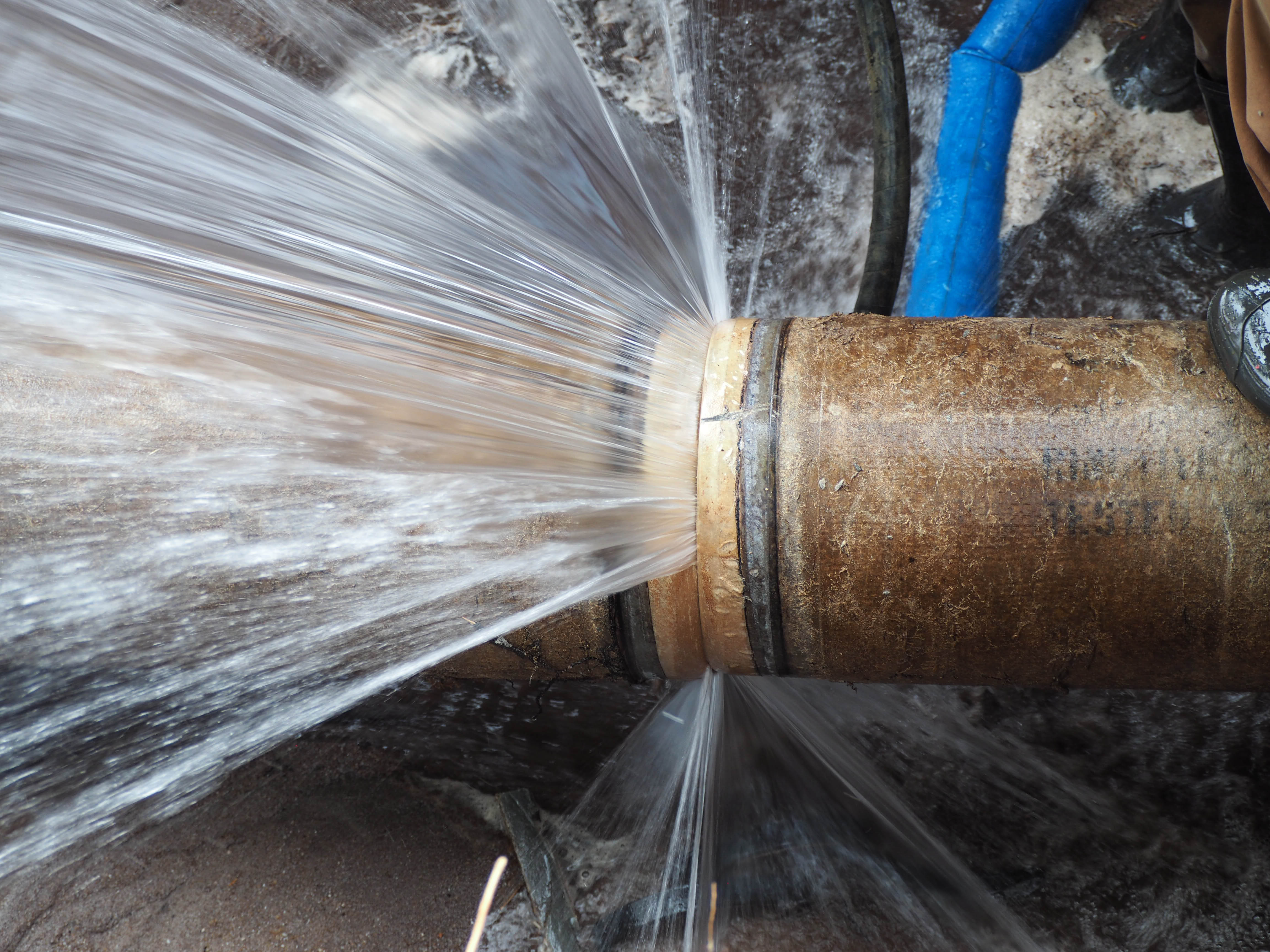Protecting Against Frozen Pipes: Effective Tips for Winter
Protecting Against Frozen Pipes: Effective Tips for Winter
Blog Article
We've noticed this article about 6 Ways to Prevent Frozen Pipes directly below on the web and reckoned it made perfect sense to talk about it with you here.

Cold weather can wreak havoc on your pipes, particularly by freezing pipelines. Here's exactly how to avoid it from happening and what to do if it does.
Introduction
As temperature levels decline, the danger of frozen pipes rises, possibly causing expensive repairs and water damages. Comprehending how to stop icy pipes is critical for house owners in chilly environments.
Comprehending Icy Pipes
What creates pipes to freeze?
Pipelines ice up when subjected to temperature levels below 32 ° F (0 ° C) for expanded periods. As water inside the pipes freezes, it increases, putting pressure on the pipeline wall surfaces and potentially triggering them to break.
Risks and problems
Icy pipelines can result in water system disturbances, home damages, and pricey repairs. Burst pipes can flood homes and trigger substantial architectural damages.
Indicators of Frozen Piping
Recognizing icy pipelines early can stop them from breaking.
Just how to recognize icy pipelines
Search for reduced water circulation from faucets, uncommon smells or noises from pipelines, and visible frost on exposed pipes.
Prevention Tips
Shielding susceptible pipes
Cover pipelines in insulation sleeves or use warm tape to shield them from freezing temperature levels. Focus on pipes in unheated or exterior areas of the home.
Heating methods
Keep interior areas appropriately heated, especially locations with pipes. Open up closet doors to allow cozy air to circulate around pipelines under sinks.
Protecting Outside Plumbing
Garden tubes and outside taps
Disconnect and drain yard hoses before winter months. Install frost-proof spigots or cover exterior taps with insulated caps.
What to Do If Your Pipes Freeze
Immediate activities to take
If you suspect frozen pipes, keep taps open up to alleviate pressure as the ice melts. Use a hairdryer or towels taken in warm water to thaw pipelines gradually.
Long-Term Solutions
Architectural changes
Consider rerouting pipes away from outside wall surfaces or unheated locations. Include added insulation to attic rooms, cellars, and crawl spaces.
Updating insulation
Purchase top notch insulation for pipelines, attics, and walls. Proper insulation aids keep constant temperatures and reduces the risk of icy pipes.
Conclusion
Preventing icy pipes requires aggressive actions and quick responses. By understanding the causes, indications, and safety nets, house owners can safeguard their pipes during cold weather.
5 Ways to Prevent Frozen Pipes
Drain Outdoor Faucets and Disconnect Hoses
First, close the shut-off valve that controls the flow of water in the pipe to your outdoor faucet. Then, head outside to disconnect and drain your hose and open the outdoor faucet to allow the water to completely drain out of the line. Turn off the faucet when done. Finally, head back to the shut-off valve and drain the remaining water inside the pipe into a bucket or container. Additionally, if you have a home irrigation system, you should consider hiring an expert to clear the system of water each year.
Insulate Pipes
One of the best and most cost-effective methods for preventing frozen water pipes is to wrap your pipes with insulation. This is especially important for areas in your home that aren’t exposed to heat, such as an attic. We suggest using foam sleeves, which can typically be found at your local hardware store.
Keep Heat Running at 65
Your pipes are located inside your walls, and the temperature there is much colder than the rest of the house. To prevent your pipes from freezing, The Insurance Information Institute suggests that you keep your home heated to at least 65 degrees, even when traveling. You may want to invest in smart devices that can keep an eye on the temperature in your home while you’re away.
Leave Water Dripping
Moving water — even a small trickle — can prevent ice from forming inside your pipes. When freezing temps are imminent, start a drip of water from all faucets that serve exposed pipes. Leaving a few faucets running will also help relieve pressure inside the pipes and help prevent a rupture if the water inside freezes.
Open Cupboard Doors
Warm your kitchen and bathroom pipes by opening cupboards and vanities. You should also leave your interior doors ajar to help warm air circulate evenly throughout your home.

I found that piece about How to Prevent Your Pipes From Freezing while looking around the web. Are you aware of another individual who is interested by Helpful Tips to Prevent Frozen Pipes this Winter? Please feel free to promote it. Thank you for taking the time to read it.
Click Here Report this page